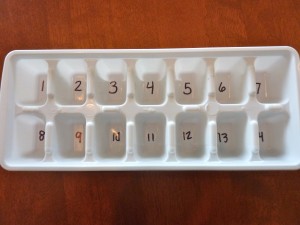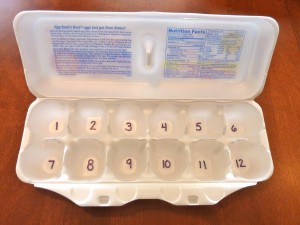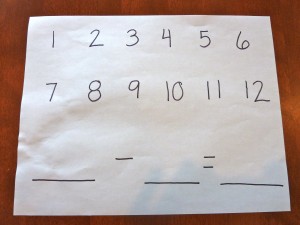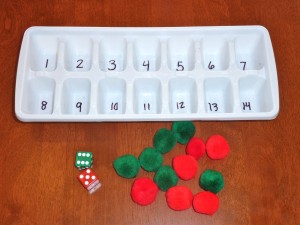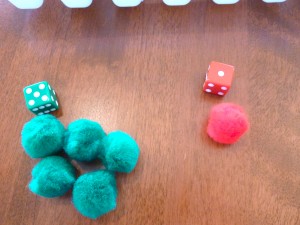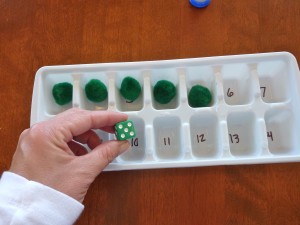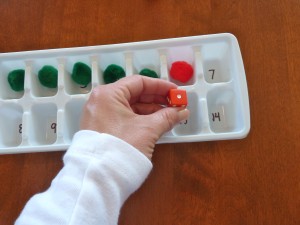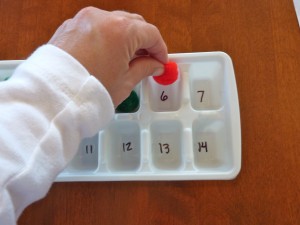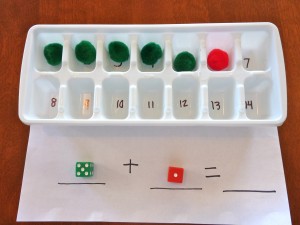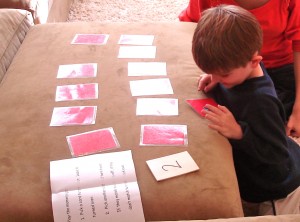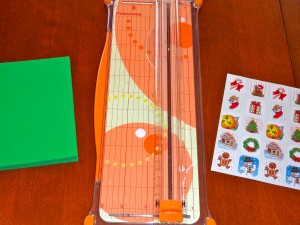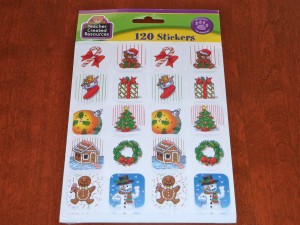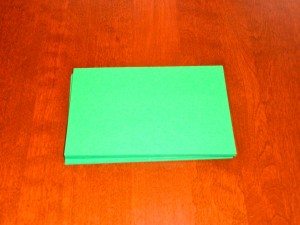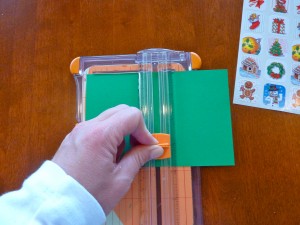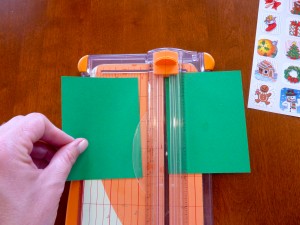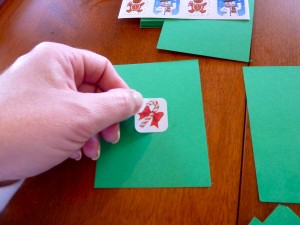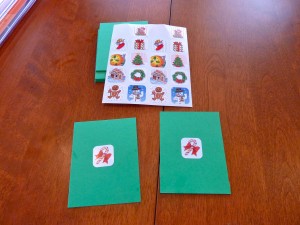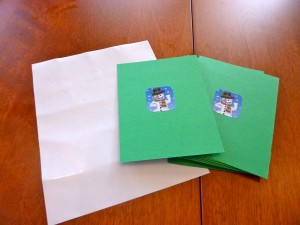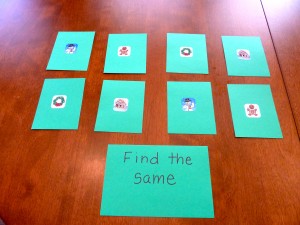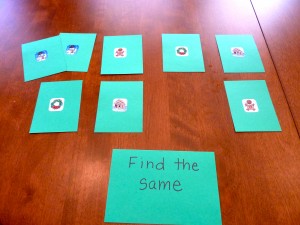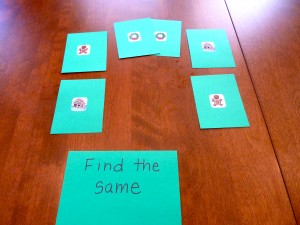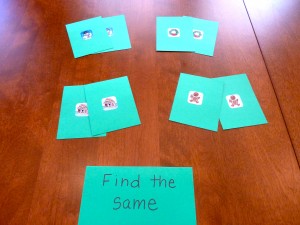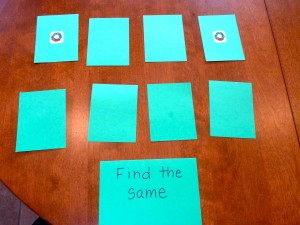A lot of parents that I have talked with have expressed concern that their children don’t necessarily want to do what they ask them to do. Â I COMPLETELY understand!! Â I would ask my son to come and play blocks with me…nothing. Â I would get on the floor and play cars, driving them around his feet, up and down his arms…nothing. Â I would play, he would spin.

This was something that I really struggled with until I began writing out the directions for things I wanted him to do during the Obstacle Course. Â For some reason, he did not associate what was written out with me. Â I was merely the person reading the directions. Â He would study the sheet of paper and I would point to each word as I read and then he would begin to do the activity.
What Is He Able To Do? vs.
Does He Understand What He is Supposed To Be Doing?
Having had the pleasure of sitting in on his neuropsychological evaluation, I realized that the language used in standardized testing was a bit different from language and vocabulary we used at home. Â I decided that this would be a good opportunity to sneak in vocabulary to help him understand expectations. Â I could also provide activities that would help show him how to apply that vocabulary as well as demonstrate what he knew. Â For him, some things just need to be real explicit and then he usually gets it. Â Writing out the directions seemed to help out tremendously!

More Purpose, Less Auditory Clutter
Because the directions were written out, I found myself using more purposeful language and not over-talking which could create even more confusion and frustration at times. Â Since I had planned the activity to help with certain skills, I also got to choose the vocabulary to use in the directions and would repeat them unless it became apparent that he had no clue where to start. Â If that happened, I would help him through the activity with more demonstration and modeling than words. Â I would also make sure to use those directions again in different scenarios so he wouldn’t generalize them to one situation but rather get a broad exposure to how to apply them in a variety of ways. Â I encourage you to try this very basic strategy with your child and see if it makes the same kind of difference it made for us!

Nothing Fancy Required
The directions I provide for station activities are not fancy documents. Â Sometimes it’s easier for me to type up a bunch on the computer, print them out and then cut them into strips to place at the stations. Â Sometimes I write them out on index cards or calendar cut-outs. Â Whatever is easiest for me at the time, that’s what I do.

